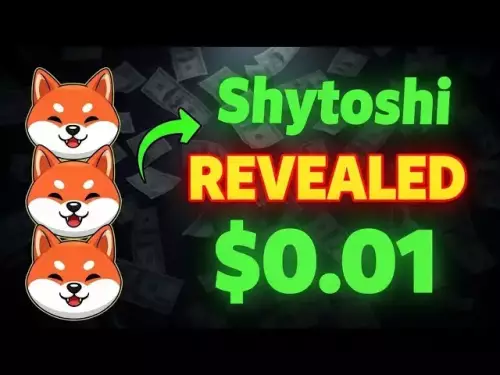-
 Bitcoin
Bitcoin $112400
0.86% -
 Ethereum
Ethereum $4509
-0.37% -
 XRP
XRP $2.968
-0.52% -
 Tether USDt
Tether USDt $0.9999
-0.02% -
 BNB
BNB $876.4
2.10% -
 Solana
Solana $214.3
4.69% -
 USDC
USDC $0.9998
-0.01% -
 Dogecoin
Dogecoin $0.2241
1.86% -
 TRON
TRON $0.3447
-0.45% -
 Cardano
Cardano $0.8586
0.25% -
 Chainlink
Chainlink $25.26
5.76% -
 Hyperliquid
Hyperliquid $45.95
-3.38% -
 Ethena USDe
Ethena USDe $1.001
-0.01% -
 Sui
Sui $3.491
0.92% -
 Stellar
Stellar $0.3830
0.57% -
 Cronos
Cronos $0.3333
27.15% -
 Bitcoin Cash
Bitcoin Cash $557.0
0.74% -
 Avalanche
Avalanche $24.75
0.77% -
 Hedera
Hedera $0.2406
0.46% -
 UNUS SED LEO
UNUS SED LEO $9.561
-0.08% -
 Litecoin
Litecoin $113.8
0.74% -
 Toncoin
Toncoin $3.187
1.26% -
 Shiba Inu
Shiba Inu $0.00001264
0.86% -
 Polkadot
Polkadot $3.995
3.37% -
 Uniswap
Uniswap $10.04
1.61% -
 Dai
Dai $0.9999
-0.01% -
 Bitget Token
Bitget Token $4.603
-0.87% -
 Monero
Monero $269.4
-1.07% -
 Aave
Aave $317.5
-1.55% -
 Ethena
Ethena $0.6731
10.25%
How to manage your privacy settings in MetaMask?
MetaMask keeps your private keys secure locally, but true privacy requires managing connections, disabling data sharing, and using features like Privacy Mode and address rotation.
Aug 29, 2025 at 01:28 pm

Understanding Privacy in MetaMask
1. MetaMask operates as a non-custodial wallet, meaning users retain control over their private keys and seed phrases. However, managing privacy effectively requires more than just securing access. The wallet interacts with decentralized applications (dApps), blockchain networks, and external services, all of which can expose behavioral patterns if not configured properly.
2. By default, MetaMask connects to public RPC endpoints provided by third parties such as Infura or Alchemy. While convenient, these nodes can log IP addresses and track transaction requests, potentially linking wallet activity to real-world identities.
3. Users should recognize that blockchain transactions are public by design. Once a transaction is broadcast, its details—sender, recipient, amount, and timestamp—are permanently visible. Privacy settings in MetaMask focus on minimizing exposure of off-chain data, such as browsing behavior and network-level metadata.
4. The extension and mobile app versions of MetaMask offer different privacy controls. Users must review settings in both environments to ensure consistent protection across devices.
Configuring Network and Connection Privacy
1. Navigate to the network settings and consider adding custom RPC endpoints. Running a personal node or using privacy-focused providers like Chainstack or Ankr with authenticated access reduces reliance on centralized logging services.
2. Disable automatic token detection if unnecessary. This feature queries external APIs to detect ERC-20 tokens held in the wallet, which can leak wallet address information to block explorers and analytics platforms.
3. Use the “Blockaid” security feature to filter potentially malicious dApps. While primarily a security tool, it also limits exposure to phishing sites that may attempt to harvest wallet data.
4. Turn off participation in MetaMask’s usage data collection. This option, found under advanced settings, prevents telemetry data from being sent to MetaMask’s servers, reducing the digital footprint associated with wallet usage.
Enhancing Wallet Interaction Privacy
1. Always review permission requests when connecting to dApps. Sites can request access to your wallet address, transaction history, and even persistent connection. Revoke unused connections through the connected sites manager to minimize tracking surfaces.
2. Utilize wallet address rotation by creating multiple accounts within MetaMask. Assign different addresses for different services—such as DeFi, NFT marketplaces, and gaming platforms—to prevent clustering of activity under a single identity.
3. Enable the “Privacy Mode” toggle if available. This restricts MetaMask from pre-fetching token balances and metadata, which otherwise generates off-chain queries that can be monitored.
4. Approve transactions only after verifying the full details, including contract interactions and gas fees. Malicious dApps may disguise approvals that grant unlimited token access.
Securing Sensitive Information
1. Store the seed phrase offline and never enter it on any website. No legitimate service will ever ask for recovery phrases, and doing so exposes the entire wallet to theft.
2. Use a strong password for the MetaMask vault. This encrypts the private keys locally and prevents unauthorized access if the device is compromised.
3. Avoid using MetaMask on shared or public devices. Session data and cached credentials can persist, allowing others to impersonate your wallet.
4. Regularly update the MetaMask extension or app to benefit from the latest security patches and privacy improvements released by the development team.
Frequently Asked Questions
Can MetaMask see my private keys?No. MetaMask does not store or transmit private keys to any external server. The keys are encrypted and stored locally on the user’s device. Only the user has access to them through the seed phrase.
Does using MetaMask with a VPN improve privacy?Yes. A VPN masks the user’s IP address from the RPC provider, making it harder to correlate blockchain activity with a physical location. When combined with a self-hosted node, this significantly enhances network-level privacy.
How do I revoke a dApp’s access to my wallet?Go to the MetaMask settings, select “Connected sites,” and remove the permissions for any dApp no longer in use. This breaks the persistent connection and prevents background data requests.
Is it safe to use MetaMask on mobile devices?Yes, as long as the device is secured with a passcode, biometric authentication, and up-to-date software. The mobile app includes the same encryption standards as the browser extension, but users must remain cautious of app permissions and phishing attempts.
Disclaimer:info@kdj.com
The information provided is not trading advice. kdj.com does not assume any responsibility for any investments made based on the information provided in this article. Cryptocurrencies are highly volatile and it is highly recommended that you invest with caution after thorough research!
If you believe that the content used on this website infringes your copyright, please contact us immediately (info@kdj.com) and we will delete it promptly.
- Bitcoin Price Prediction: Institutional Wave Meets Reality Check, Says Research Firm
- 2025-08-29 15:30:16
- US ETFs, Bitcoin, and Spot Trading: A New Era?
- 2025-08-29 15:05:13
- Ethereum, X Layer, and OKX's Big Bet: What's the Buzz?
- 2025-08-29 15:30:16
- BullZilla, Dogecoin Pepe & the Meme Coin Mania: What's the Next Big Thing?
- 2025-08-29 16:05:14
- Ethereum: Wall Street's Token of Choice?
- 2025-08-29 12:45:13
- Cryptos with Massive Upside: Top Buys to Watch Now
- 2025-08-29 13:05:15
Related knowledge

How to use Trust Wallet's built-in DEX?
Aug 29,2025 at 07:28am
Understanding Trust Wallet’s Built-in DEX1. Trust Wallet integrates a decentralized exchange (DEX) directly within its mobile application, allowing us...
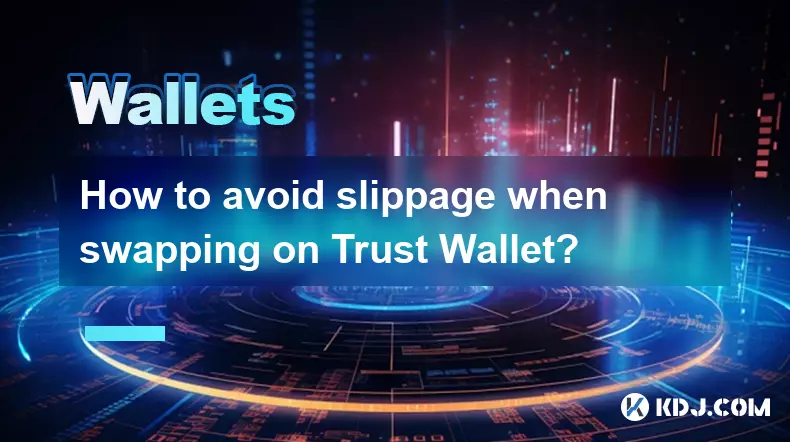
How to avoid slippage when swapping on Trust Wallet?
Aug 29,2025 at 03:01am
Understanding Slippage in Decentralized Exchanges1. Slippage occurs when the price of a cryptocurrency changes between the time a transaction is initi...
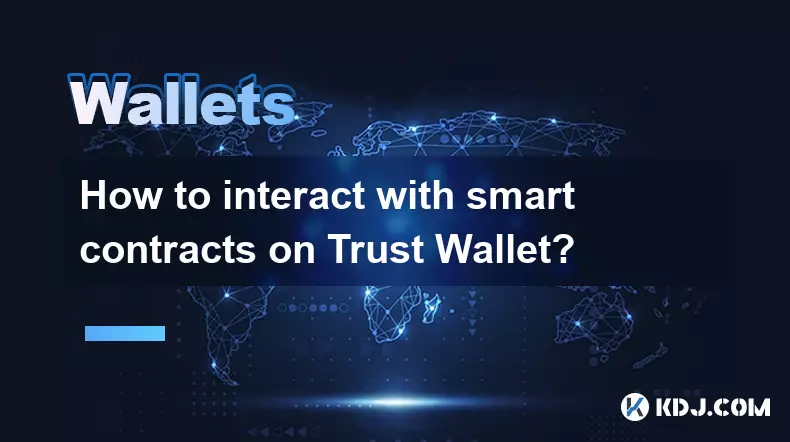
How to interact with smart contracts on Trust Wallet?
Aug 29,2025 at 01:28am
Understanding Smart Contracts and Trust Wallet Compatibility1. Smart contracts are self-executing agreements with the terms directly written into code...

How to change the currency displayed in Trust Wallet?
Aug 29,2025 at 02:42am
Understanding Currency Display in Trust Wallet1. Trust Wallet allows users to manage multiple cryptocurrencies and tokens within a single interface. T...
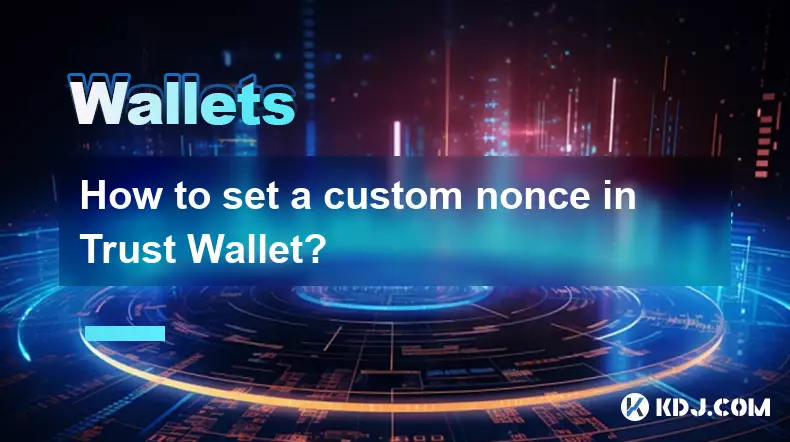
How to set a custom nonce in Trust Wallet?
Aug 29,2025 at 03:29am
Understanding Nonce in Ethereum Transactions1. The nonce is a critical component in Ethereum-based transactions, representing a sequential counter tha...
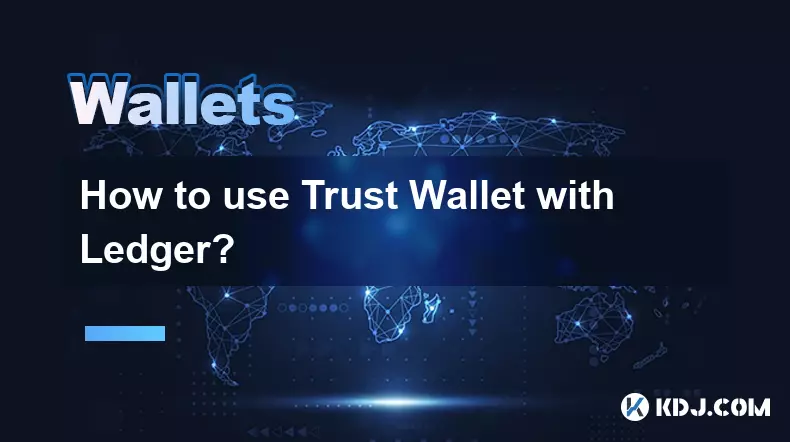
How to use Trust Wallet with Ledger?
Aug 29,2025 at 06:42am
Connecting Trust Wallet with Ledger: A Secure Approach1. Trust Wallet and Ledger integration allows users to manage their cryptocurrency assets with e...

How to use Trust Wallet's built-in DEX?
Aug 29,2025 at 07:28am
Understanding Trust Wallet’s Built-in DEX1. Trust Wallet integrates a decentralized exchange (DEX) directly within its mobile application, allowing us...

How to avoid slippage when swapping on Trust Wallet?
Aug 29,2025 at 03:01am
Understanding Slippage in Decentralized Exchanges1. Slippage occurs when the price of a cryptocurrency changes between the time a transaction is initi...

How to interact with smart contracts on Trust Wallet?
Aug 29,2025 at 01:28am
Understanding Smart Contracts and Trust Wallet Compatibility1. Smart contracts are self-executing agreements with the terms directly written into code...

How to change the currency displayed in Trust Wallet?
Aug 29,2025 at 02:42am
Understanding Currency Display in Trust Wallet1. Trust Wallet allows users to manage multiple cryptocurrencies and tokens within a single interface. T...

How to set a custom nonce in Trust Wallet?
Aug 29,2025 at 03:29am
Understanding Nonce in Ethereum Transactions1. The nonce is a critical component in Ethereum-based transactions, representing a sequential counter tha...

How to use Trust Wallet with Ledger?
Aug 29,2025 at 06:42am
Connecting Trust Wallet with Ledger: A Secure Approach1. Trust Wallet and Ledger integration allows users to manage their cryptocurrency assets with e...
See all articles
























